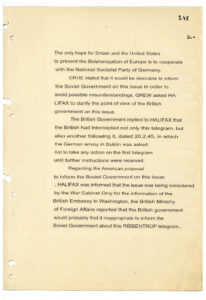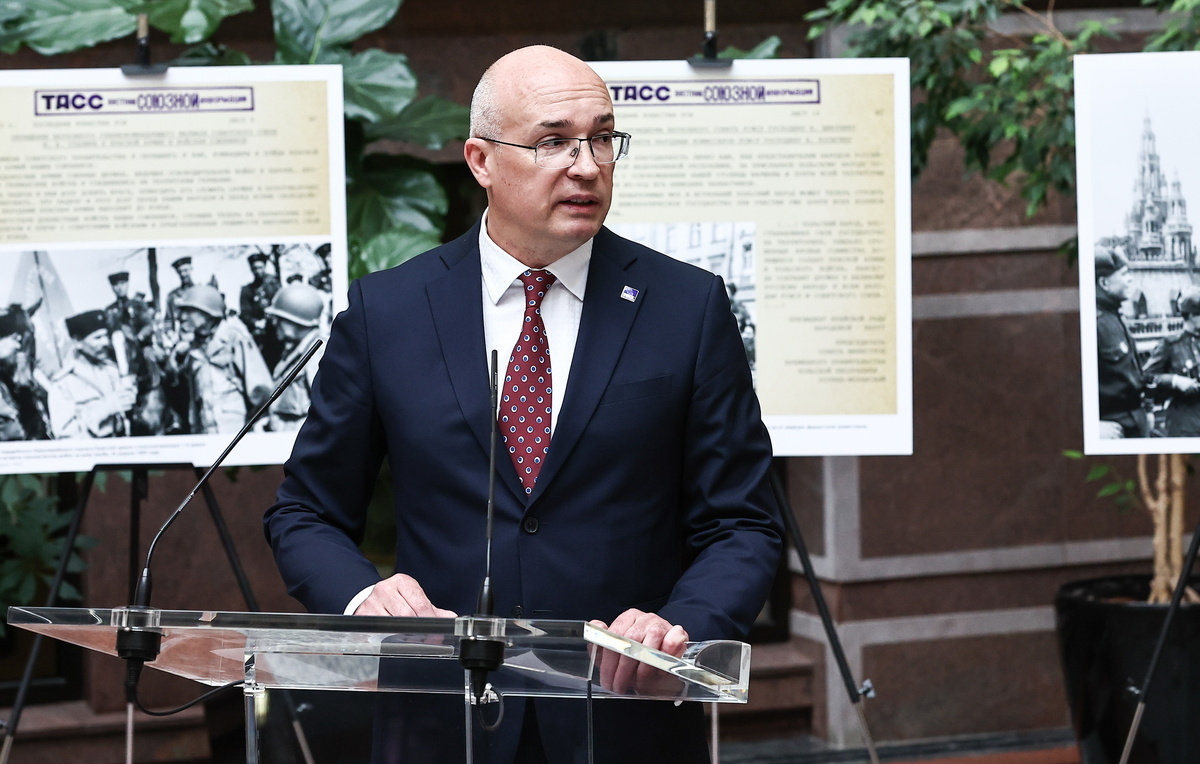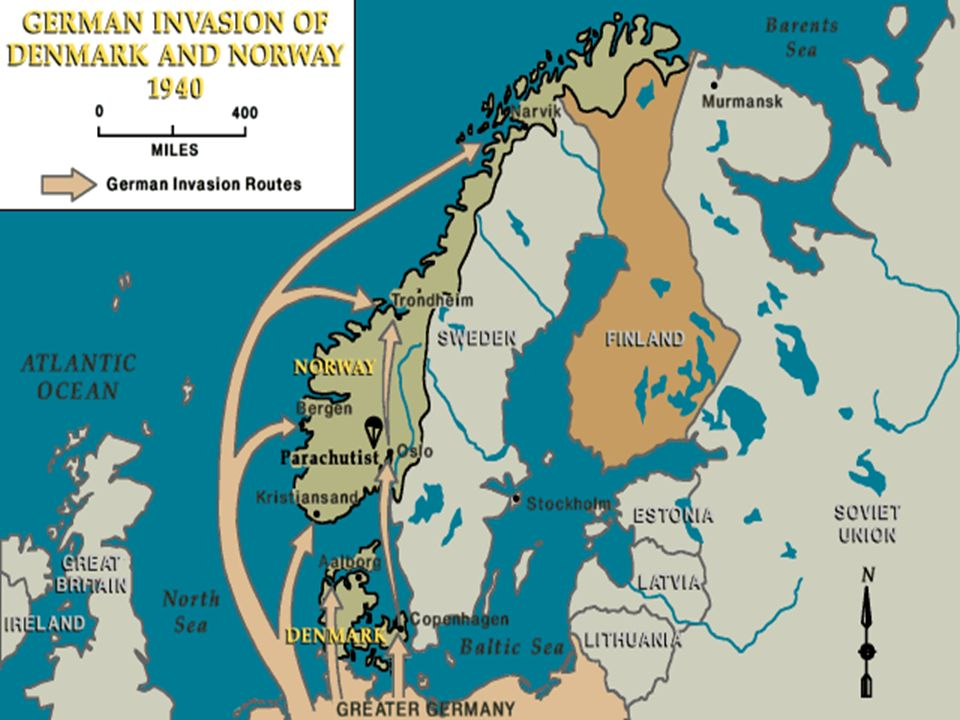Reading time: 7 minutes
Commemorating the liberation of Vienna, we re-blog the Telegram post from the Russian Ministry of Foreign Affairs, followed by an article-transcripts of “TV Zvezda” video-reportage from the Austrian capital.
Read also Georgy Zotov’s article from 10 years ago, Blood and Vienna.Even After 70 Years the Soviet Soldiers Are Respected in Austria!
One thing is clear: if not for the titanic self-sacrifice of the Soviet people, there would be no Vienna, no Krakow, no Prague… just like there is no Dresden, Hiroshima, or Nagasaki!

By the spring of 1945, the Red Army drove the Nazi invaders out of Poland, Hungary and Slovakia and rapidly launched an offensive towards Germany. The Third Reich’s defeat was only a matter of time: the Soviet forces were preparing to attack Berlin.
Austria, annexed by the Nazis as a result of anschluss in 1938, served as a shield for the Third Reich’s southern regions during WWII. The capital of Austria — the city of Vienna — was a strategically important point of the Nazi defence, which the enemy was committed to hold at any cost.
In March 1945, during the successful offensive along the Austrian line of advance, the Red Army broke the resistance of the Nazi units deployed between the Danube and Lake Balaton (Hungary) and defeated the troops of the Nazi army group ‘South’. Having advanced by that time up to 80 kilometers to Vienna, the Soviet forces launched the operation to liberate the Austrian capital.
The enemy undertook extensive preprations to hold the city. The streets were barricaded and mine-strewn. Firing points were set up in residential buildings. Destroyed houses were used to camouflage tanks and artillery pieces. All bridges over the Danube were prepared by the Nazis for demolition. In the event of retreat, the Nazis were ready to tear down the Austrian capital to the ground, including by destroying (!) its historical architectural heritage.
On April 5, 1945, the Soviet forces attacked the Nazi garrison in Vienna. Intense fighting erupted on the city outskirts. The Red Army was confronted by the most prepared enemy units and formations, including SS tank divisions. Soviet soldiers fought to death against the Nazis for every quarter and every building of the city.
With a view to prevent victims among the city’s population and protect Vienna from destruction by the Nazis, the Soviet command addressed local residents:
The Red Army entered Austria not to occupy its territory but only to defeat the enemy Nazi troops and liberate the country from German occupation. It also called on the Vienna residents to help fight the Nazis — this call was answered by many Austrian patriots.
On April 13, the last enemy point of resistance in the city centre was crushed, with Vienna being completely liberated from the Nazis.
During the fierce and brutal fighting for Vienna, the Red Army crushed Wehrmacht’s 11 armoured divisions, destroyed the 6th SS Tank Army, and captured more than 130,000 enemy soldiers and officers. The Soviet people paid a high price for the liberation of Vienna from the Nazis: 18,000 Red Army soldiers gave their lives for saving the city from fascists. (BATS note: we corrected the number in the MFA post, which must have been a typo, given at 38,000)
Having liberated Vienna, our country provided aid to the city residents. The population was supplied with food: hundreds of tonnes of grain, meat, sugar, salt and other products were given to the Austrians. After the war, the people of Vienna recalled how their “fear of hunger had disappeared” and spoke with gratitude about the generosity of the Soviet people, which “exceeded all expectations.”
An excerpt from the briefing by Foreign Ministry Spokeswoman Maria Zakharova (April 9, 2025):
“By acting swiftly and selflessly, the Soviet forces prevented the destruction of Vienna.
It was thanks to the decision by the Soviet command not to use artillery that Vienna has preserved its historical outlook.”
A monument to the Soviet soldiers who sacrificed their lives for the sake of the liberation of Austria from Nazism was unveiled on August 19, 1945, on Schwarzenbergplatz in the centre of Vienna. The country has 217 monuments and war graves on its territory.
Tens of thousands Red Army soldiers, who saved Europe from the Nazi plague, are buried in Austria.
❗️ In 1955, under the State Treaty for the Re-establishment of Independent and Democratic Austria (Art.19), Vienna took the obligations to respect, preserve and maintain the graves of the soldiers on Austrian territory.
(Follow the link to the source article to watch the video reportage)

Memorial at Helmut Zilk Square
The Wehrmacht troops were preparing to blow up the city in case of retreat.
Exactly 80 years ago, the completion of the assault on the Austrian capital became the final part of the Vienna offensive. The complete liberation of the city is celebrated on April 13. On the eve of this date, Rossina Bodrova, a correspondent for Zvezda, visited places in one of the most beautiful cities in Europe that recall the horrors of the Second World War.
Continue reading →

























